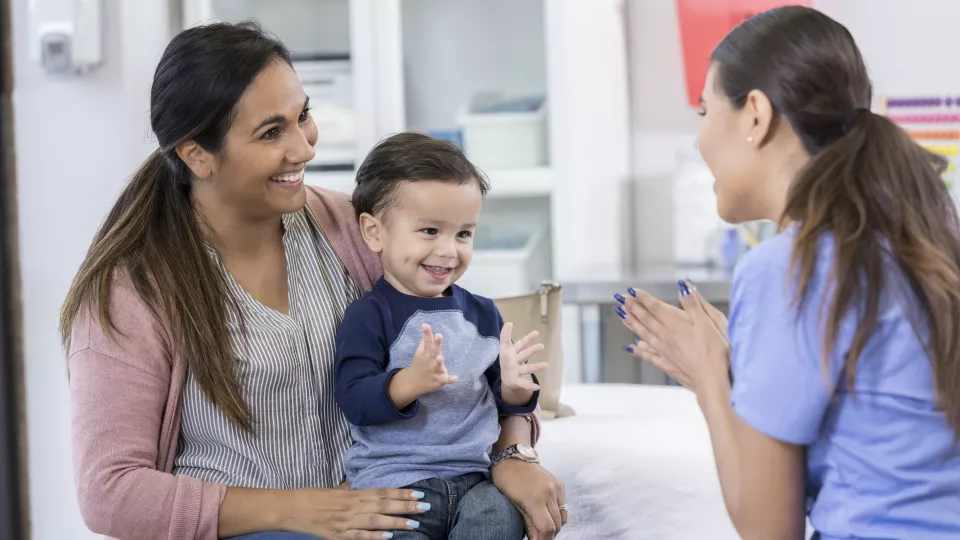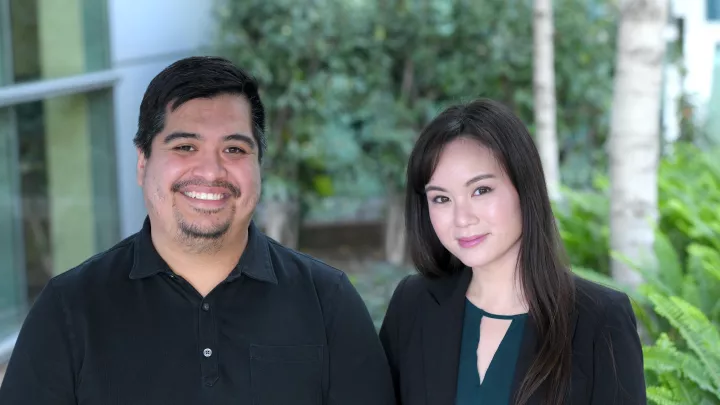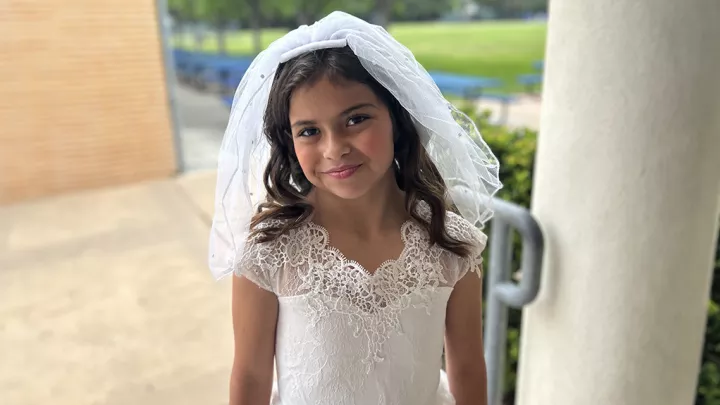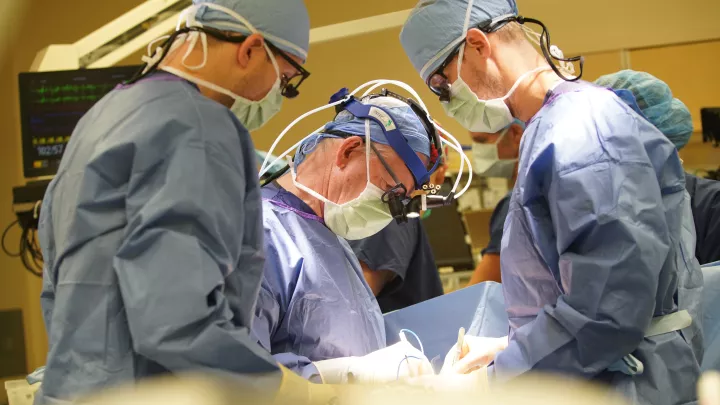
Ensuring Excellence in Care for Children With Bladder Exstrophy
Children’s Hospital Los Angeles is one of just 11 centers in the country—and the only one in California—to be designated as a Center of Excellence for Bladder Exstrophy Care by the Association for the Bladder Exstrophy Community. This designation demonstrates the team’s ability to provide the highest level of care for patients with this rare disorder, in which the bladder and related organs develop outside of a baby’s body.
Evalynn Vasquez, MD, MBA, Associate Chief of the Division of Urology, directs the Complex Reconstruction and Malformations Program at Children’s Hospital Los Angeles and leads the hospital’s efforts to care for patients with bladder exstrophy, cloacal exstrophy and related conditions.
Recently, Dr. Vasquez was named Chair of the Board of the Association for the Bladder Exstrophy Community, and she will attend the 16th annual Bladder Exstrophy Workshop in Ahmedabad, Gujarat, India, this winter. She shares CHLA’s approach to these complex patients and the need for multidisciplinary care.
Why should children be treated at a Center of Excellence?

The classic form of bladder exstrophy occurs in just 1 in 30,000 births, and forms like cloacal exstrophy are even rarer. That means that many hospitals have little experience in treating this disorder. And this is a condition that requires very complex and specialized care.
To be a Center of Excellence, a hospital has to meet rigorous criteria for providing the highest standards of care for bladder exstrophy. That’s important not only in terms of surgical experience, but also the rest of a child’s treatment.
At Children’s Hospital Los Angeles, we have pediatric urologists but also orthopedic surgeons, GI specialists, anesthesiologists, neonatologists, physical therapists, nurses, a dedicated psychologist and more. It really takes that whole team working together to provide the best care for that child and family.
How important is the first bladder exstrophy repair?
It’s critical. Successful long-term outcomes really start with that first repair. Our goals for that surgery are to place the bladder in the pelvis and make sure the bladder is able to empty and store urine safely, so we can keep the kidneys healthy. We also reconstruct the genitals and create a belly button.
At the same time, we try to do a repair where the patient will have some kind of continence later on—and hopefully can avoid a later surgery. It’s a fine line to achieve that while also ensuring the bladder drains properly. You really need to have experience with these cases to ensure the best outcomes.
When is the best time for that first surgery to occur?
Traditionally, these repairs were treated as emergencies. Newborns would have surgery in the middle of the night, and then they would be in intensive care until they recovered, sometimes for months. Some hospitals still take this approach.
But most Centers of Excellence, including Children’s Hospital Los Angeles, now wait until the baby is 3 to 6 months of age. That allows families to go home with their new baby and have that all-important bonding time. But it also gives babies a chance to build up the reserves they need for the surgery. These are eight- and 10-hour surgeries. It’s a major reconstruction.
One exception is cloacal exstrophy, where the bowel also develops outside the body. In those cases, we disconnect the bowel from the bladder shortly after birth, before the baby goes home.
What research is your team working on?
We are in the midst of a prospective study on how to better prepare children and families psychologically for urinary reconstructive surgeries. These are surgeries that some older children need to achieve continence. Our team has been conducting in-depth interviews with patients who have undergone these surgeries and their parents so we can enhance presurgical screening and support families in the best way possible.
What is most rewarding for you in treating these patients?
We follow these children from birth through young adulthood, and I have the opportunity to become really close with the families. Initially, when a baby is diagnosed with exstrophy, it’s a shock for parents. It’s devastating. People feel like they’re all alone.
And we’re able to support them through that, and we have a support group where families help each other, too. We have so many patients who are now grown and thriving. With the proper care, these kids can and do live normal lives. It’s incredibly rewarding to be a part of their journey.


